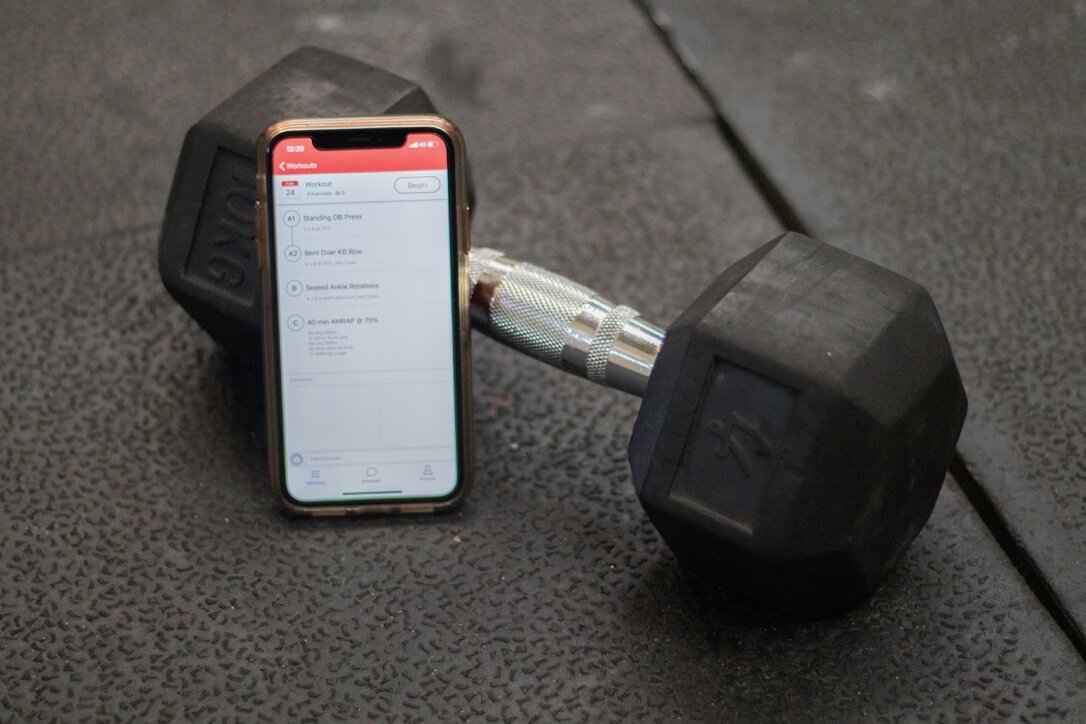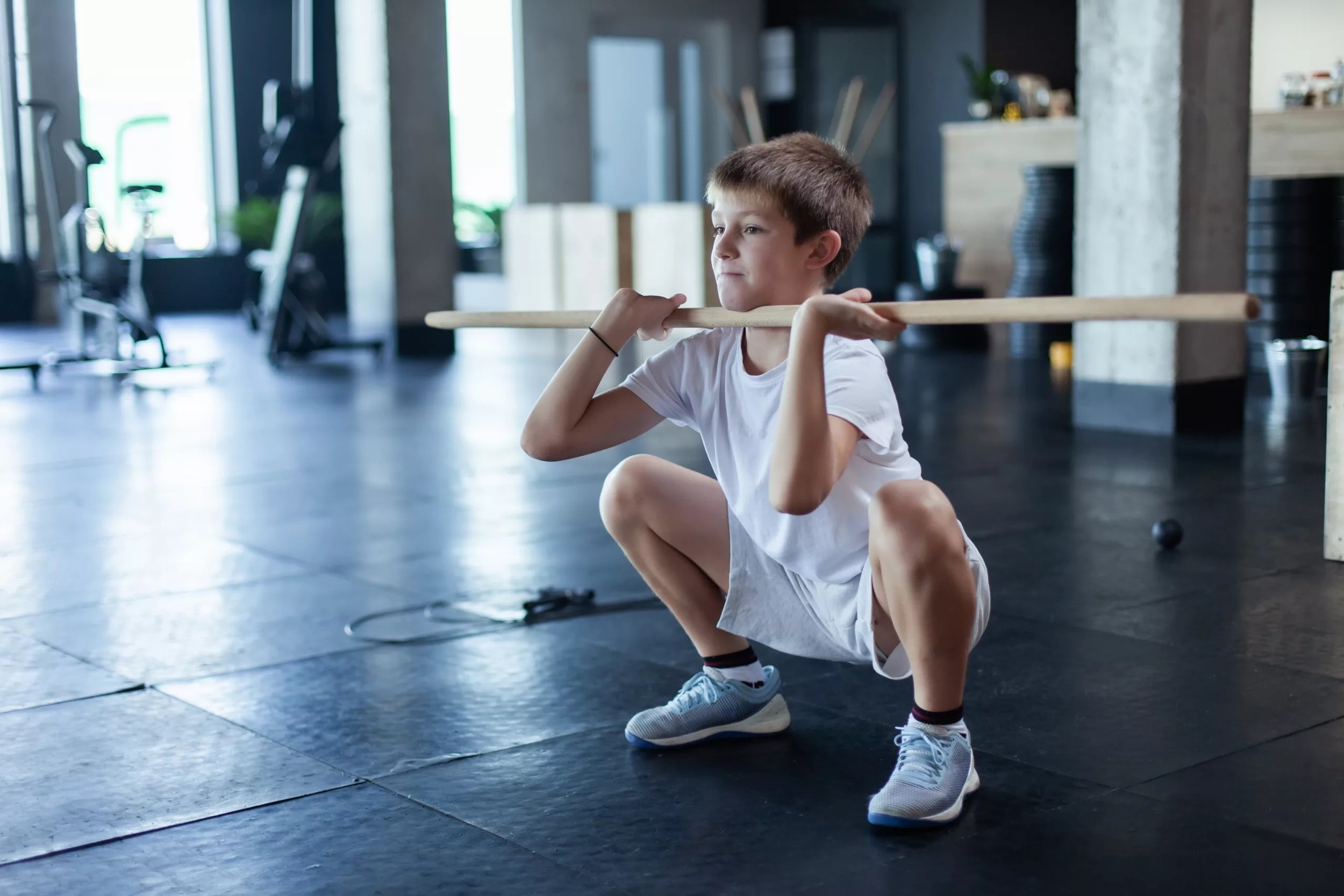BLOG

Are Deadlifts Bad For my Low Back?
At Athletes’ Edge Physical Therapy, our sports physical therapists use deadlifts all the time to help our folks with low back pain so they can get back to everything Austin-life has to offer!

Six Health TIPS to Optimize Your Physical Therapy Outcomes
Maximize your physical therapy results with these 6 daily habits—from quality sleep and hydration to smart recovery strategies. Learn evidence-based tips to support healing, reduce injury risk, and improve performance between sessions

The Athlete’s Guide to Dry Needling in Austin: Relieve Pain, Recover Faster, Perform Better
Dry needling is a modern therapeutic technique used by physical therapists to treat muscular pain and dysfunction.

Why Athletes Are Choosing Cash-Based Physical Therapy for Faster Recovery and Better Results
Over the past decade, more athletes—both amateur and professional—have been turning to cash-based physical therapy to meet their performance and recovery needs. Unlike traditional clinics that operate within the constraints of health insurance networks, cash-based providers work directly with clients, offering greater flexibility and responsiveness.

Preventing Sports Injuries: How Performance Training Can Help
Most athletes don’t think about injury prevention until they’re sidelined. But the truth is, the most effective way to stay in the game isn’t reactive treatment — it’s building a body that’s ready to handle the demands of sport before pain ever shows up.


The Role of Physical Therapy in Post-Surgical Recovery
Undergoing surgery is just one step on the path to full recovery. What happens afterward—specifically, how you rehabilitate—can make all the difference in how quickly and completely you heal. That’s where physical therapy plays a critical role.

Remote Coaching: Achieving Your Strength and Performance Goals Safely
Remote coaching in physical therapy is a modern approach that allows patients to receive expert guidance, accountability, and performance progressions—without having to step foot inside a clinic. At its core, it’s a virtual service that blends clinical insight with digital convenience.

Beyond Injury: How Athletes’ Edge Physical Therapy Helps Austin’s Active Community Stay Strong & Pain-Free
Austin is a city that thrives on movement. Whether you're a runner pushing your limits on the Lady Bird Lake Trail, a lifter chasing new PRs, or a weekend warrior tackling the Greenbelt trails, your body is your greatest tool. But what happens when pain, stiffness, or injury starts holding you back?

The Importance of One-on-One Physical Therapy for Active Individuals
Active individuals—whether athletes, fitness enthusiasts, or weekend warriors—place unique demands on their bodies. The repetitive stress of training, high-impact movements, and the occasional misstep can lead to injuries, muscle imbalances, or mobility restrictions.

Understanding Dry Needling: Benefits for Muscle Pain and Recovery
Muscle pain, stiffness, and restricted movement can limit both daily activities and athletic performance. While traditional physical therapy techniques like stretching, strengthening, and manual therapy play a crucial role in recovery, dry needling has emerged as an effective method for targeting deep muscle tension and promoting faster healing.

A Physical Therapist’s perspective on tight hamstrings
Still stretching your hamstrings but not getting relief? You might be addressing the wrong issue. Persistent hamstring tightness isn’t always due to short muscles—it can actually be caused by overstretched, fatigued, or unstable muscles. In this blog, we’ll break down why your hamstrings feel tight, how to assess the real cause, and what you can do to finally find relief.

Ready to Improve Your Overhead Squat?
Struggling with your overhead squat? You’re not alone! This movement demands mobility, stability, and coordination across your entire body. In our latest blog, we break down how to assess your squat readiness, common mobility restrictions, and the best drills to improve your form. Whether you're looking to refine your technique or overcome limitations, these expert tips from a physical therapist will help you squat stronger and safer.

Creatine: What is it and should I take it?
Creatine is one of the most widely used supplements—but is it right for you? Naturally produced in the body and found in foods like meat and fish, creatine supports energy production, muscle growth, and even brain health. Research-backed benefits include improved strength, endurance, and recovery, making it a top choice for athletes and active individuals. But how much should you take, and is it safe for everyone? Our latest blog breaks it all down!

Are Leg extensions safe after ACL surgery?
Are leg extensions safe after ACL surgery? Yes—but with caution. While the leg extension machine is crucial for rebuilding quadriceps strength, improper use in the early stages of rehab can place excessive stress on the healing ACL. Research shows that controlled use, starting with isometric holds and partial reps, can help restore muscle function and prevent secondary injuries. If you're recovering from ACL surgery, consult your physical therapist to safely integrate leg extensions into your rehab program.

Is Strength Training Safe For Kids?
Is Strength Training Safe for Kids? Yes! Strength training is a great way for kids to build muscle, improve bone density, and boost coordination when done correctly. In this blog, we debunk myths like 'weightlifting stunts growth' and explain why resistance training is safe and beneficial for children. From improving mood to encouraging lifelong healthy habits, discover how strength training can positively impact kids with proper supervision and guidance.

What is Remote Coaching or Programming?
Looking to start a fitness routine but unsure where to begin? Remote coaching is a personalized and flexible solution for gym-goers, athletes, and those continuing post-rehab care. At Athletes’ Edge PT in Austin, TX, we create custom workout programs through apps like TrueCoach, designed to fit your goals, schedule, and available equipment. With expert guidance, regular check-ins, and adaptable plans, remote coaching helps you stay consistent, confident, and injury-free

3 Exercises for Austin Runners
Preparing for the Austin Marathon or simply running longer distances? Strength training is key to keeping your joints healthy, improving running efficiency, and reducing injury risk. Incorporate these three runner-friendly exercises—Captain Morgans for pelvic stability, lateral band walks to activate glutes, and step-ups to build leg strength—into your routine. These moves are simple, effective, and ideal for runners looking to stay strong and injury-free.

Common Pickleball Injuries and Tips to avoid them
Pickleball is a fun, fast-growing sport, but it comes with its share of injuries, especially for beginners. Common injuries include tendon strains (Achilles, patellar tendon, and rotator cuff), ligament sprains (ankle and ACL), and fractures from falls. To stay injury-free, ease into playing, warm up properly, wear supportive footwear, and start with doubles for less joint stress. If you do get injured, physical therapy can help you recover safely and get back on the court faster.

What type of ACL Graft is best for me?
When you tear your Anterior Cruciate Ligament (ACL), the remaining tissue is often inadequate for repair, necessitating the construction of a new ligament from a graft. In this blog, we explore the different types of ACL grafts available—Quadriceps tendon, Hamstring tendon, Patellar tendon, Allograft (cadaver), and the innovative Bridge Enhanced ACL Repair (BEAR). Each option has its unique benefits and considerations, such as strength, recovery time, and potential complications. Understanding these differences is crucial for making an informed decision tailored to your lifestyle and activity goals.
